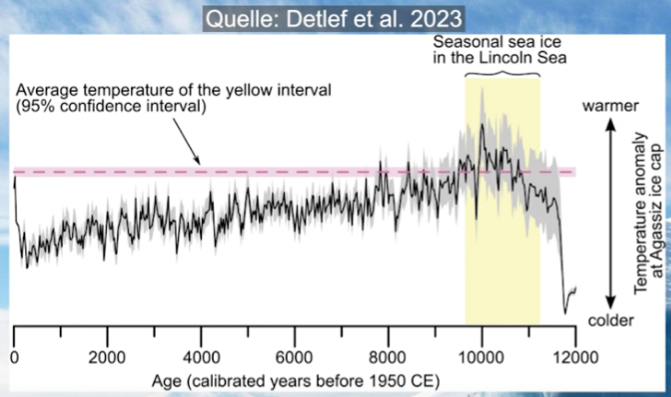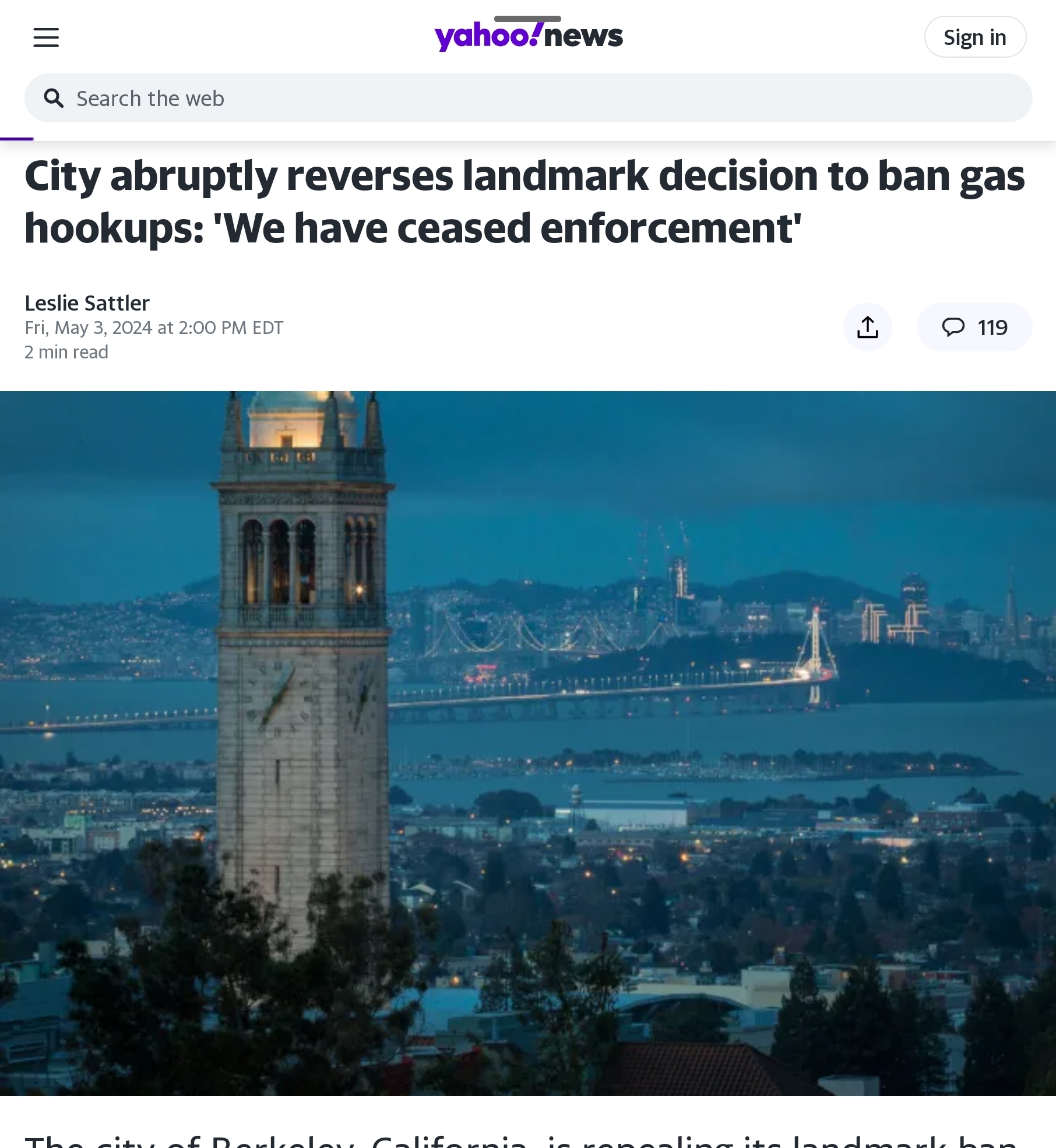David Whitehouse: Cosmic Rays-Clouds-Climate Link Found
http://www.thegwpf.com/cosmic-ray-cloud-climate-link-found/
Scientists at the Technical University of Denmark have discovered what they call a game changing result in understanding how cosmic rays from supernovae – exploding stars – can influence Earth’s cloud cover and thereby climate by being mediated by the Sun. The new findings are published in the journal Nature Communications. If confirmed it could alter the equation of climate change with more attention being placed on solar influences which had been dismissed as minor. The idea of a significant solar influence on climate change via cloud cover produced by cosmic rays has been proposed many times but it lacked conclusive experimental evidence as well as a detailed theoretical framework. Some have labelled the idea controversial with, at best, a weak effect. The principle is that cosmic rays – high-energy particles that traverse the galaxy from supernovae – knock electrons out of air molecules. This produces ions – electrically positive and negative molecules in the atmosphere. The ions help aerosols – clusters of mainly sulphuric acid and water molecules – to form and become stable against evaporation – a process is called nucleation. The problem was that small aerosols need to grow nearly a million times in mass in order to have an effect on cloud formation. Until now, it was not known how this could happen. The theory is that variations in the Sun’s magnetic activity alters the influx of cosmic rays reaching the Earth. When solar activity is low more cosmic rays reach the earth forming more low clouds, and the world is cooler. When the Sun is active fewer cosmic rays reach the Earth and, with fewer low clouds, the world warms. Lead author Henrik Svensmark told the GWPF, “We have finally found the last piece of the puzzle of why cosmic rays make clouds. It was to prove that ions do in fact produce cloud condensation nuclei that are needed for making clouds. After four years of intense work we have cracked the problem and found the underlying mechanism.” The new results reveal, both theoretically and experimentally, how interactions between ions and aerosols can accelerate the growth by adding material to the small aerosols and thereby help them survive to become cloud condensation nuclei. Physical basis According to Professor Svensmark it means that we now know why and how solar activity could be 5-7 times stronger than that estimated due to changes in the radiant output of the sun alone. It also explains why over geological times there has been much larger climate variations correlated with changes in cosmic rays. He adds that it also negates the idea that carbon dioxide has been controlling climate on these timescales. “It provides a physical basis to the large body of empirical evidence showing that Solar activity plays a role in variations in Earth’s climate,” he says. For example, the Medieval Warm Period around year 1000 AD and the cold period in the Little Ice Age between 1300-1900 AD fits with changes in solar activity. As does the recent so-called pause in global surface temperature this century which occurs at a time of remarkably low solar activity. Professor Svensmark believes it also explains climate changes observed during the 20th century, as well as coolings and warmings of around 2 degrees C that have occurred repeatedly over the past 10,000 years, as the Sun’s activity and the cosmic ray influx have varied. The are also much larger variations of up to 10 degrees C that occur as the Sun and Earth travel through the Galaxy visiting regions with varying numbers of exploding stars. To achieve the results a theoretical description of the interactions between ions and aerosols was formulated along with an expression for the growth rate of the aerosols. This was subsequently confirmed experimentally in a large cloud chamber. “Finally we have the last piece of the puzzle explaining how particles from space affect climate on Earth. It gives an understanding of how changes caused by Solar activity or by supernova activity can change climate,” says Henrik Svensmark, Co-authors are senior researcher Martin Bødker Enghoff (DTU Space), Professor Nir Shaviv (Hebrew University of Jerusalem), and Jacob Svensmark, (University of Copenhagen). Feedback: [email protected]
— gReader Pro




